Inspired by cicada wings, researchers at the University of Illinois Urbana-Champaign’s Beckman Institute for Advanced Science and Technology study the insects’ antimicrobial properties to develop new antibacterial surfaces.
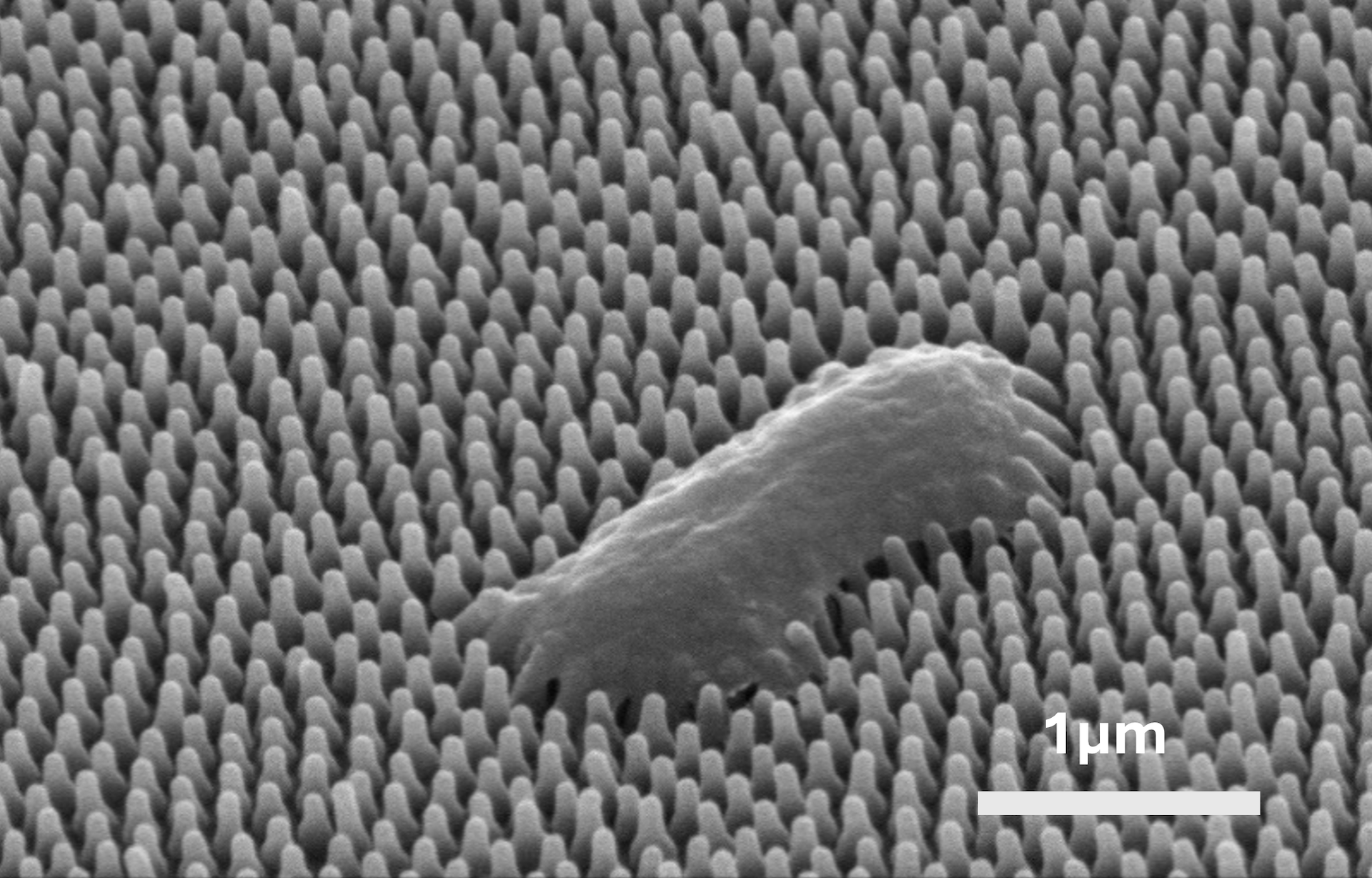
news, journals and articles from all over the world.

Inspired by cicada wings, researchers at the University of Illinois Urbana-Champaign’s Beckman Institute for Advanced Science and Technology study the insects’ antimicrobial properties to develop new antibacterial surfaces.
Using state-of-the-art microscopy techniques developed on campus, researchers at UC San Diego School of Medicine have shed new light on the underlying mechanisms driving Alzheimer’s disease.
Improving the way scientists can see the microscopic structures of the brain can improve our understanding of a host of brain diseases, like Alzheimer’s or multiple sclerosis. Studying these diseases is challenging and has been limited by accuracy of available models.To see the smallest parts of cells, scientists often use a technique called electron microscopy.
Empa researchers have observed living red blood cells transforming into spiky “echinocytes” in real time when treated with high concentrations of ibuprofen using holotomographic microscopy and displayed them in 3D renderings.
Research from Lawrence Berkeley National Laboratory (Berkeley Lab), Lawrence Livermore National Laboratory (LLNL), and UC Davis sheds new light on how to access the sugars locked up in plants to produce petroleum-free fuels, chemicals, and medicines.
An examination of the impact of image size on measurements from magnetic force microscopy has won the Advances in Magnetism Award, sponsored by AIP Advances. The paper was selected as the winner from nearly 200 papers submitted and Michael Vaka, now a data engineer at Zontal, was awarded a cash prize and a travel stipend to next year’s conference for his work, performed at BYU under the supervision of Karine Chesnel.
Splitting water into hydrogen and oxygen is a key process for energy storage. The chemical transitions involved in splitting water require energy, so researchers are designing more efficient new electrodes with energy saving catalytic properties.
A set of nine scientific papers was released today in the Nature family of journals and the journal Cell Reports describing breakthroughs in creating an open framework for scientists to map the individual cells of the human body in two and three dimensions.
Breakthrough microscopy techniques are helping researchers visualize the ways our molecules interact with the human genome. Researchers at Yale School of Medicine used a series of expandable gels to pull apart a cell and expand it to 4000 times its…
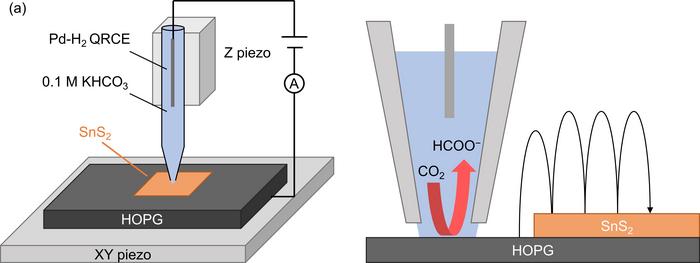
Researchers at Kanazawa University report in ACS Nano how ultrathin layers of tin disulfide can be used to accelerate the chemical reduction of carbon dioxide — a finding that is highly relevant for our quest towards a carbon-neutral society.
Nature-based solutions are an effective tool to combat climate change triggered by rising carbon emissions, whether it’s by clearing the skies with bio-based aviation fuels or boosting natural carbon sinks. At the Department of Energy’s Oak Ridge National Laboratory, scientists are leading research to transform plants into key drivers of decarbonization, from creating biomass crops for new fuels to enhancing the ability of plants to absorb and store carbon.
Anzela Niraula, Ph.D., of the University of Washington in Seattle, won the Endocrine Society’s 2023 Endocrine Images Art Competition for her image of the microglia mandala. This contest celebrates the beauty of endocrine science, and entries were judged based on aesthetic value and significance to endocrine research.
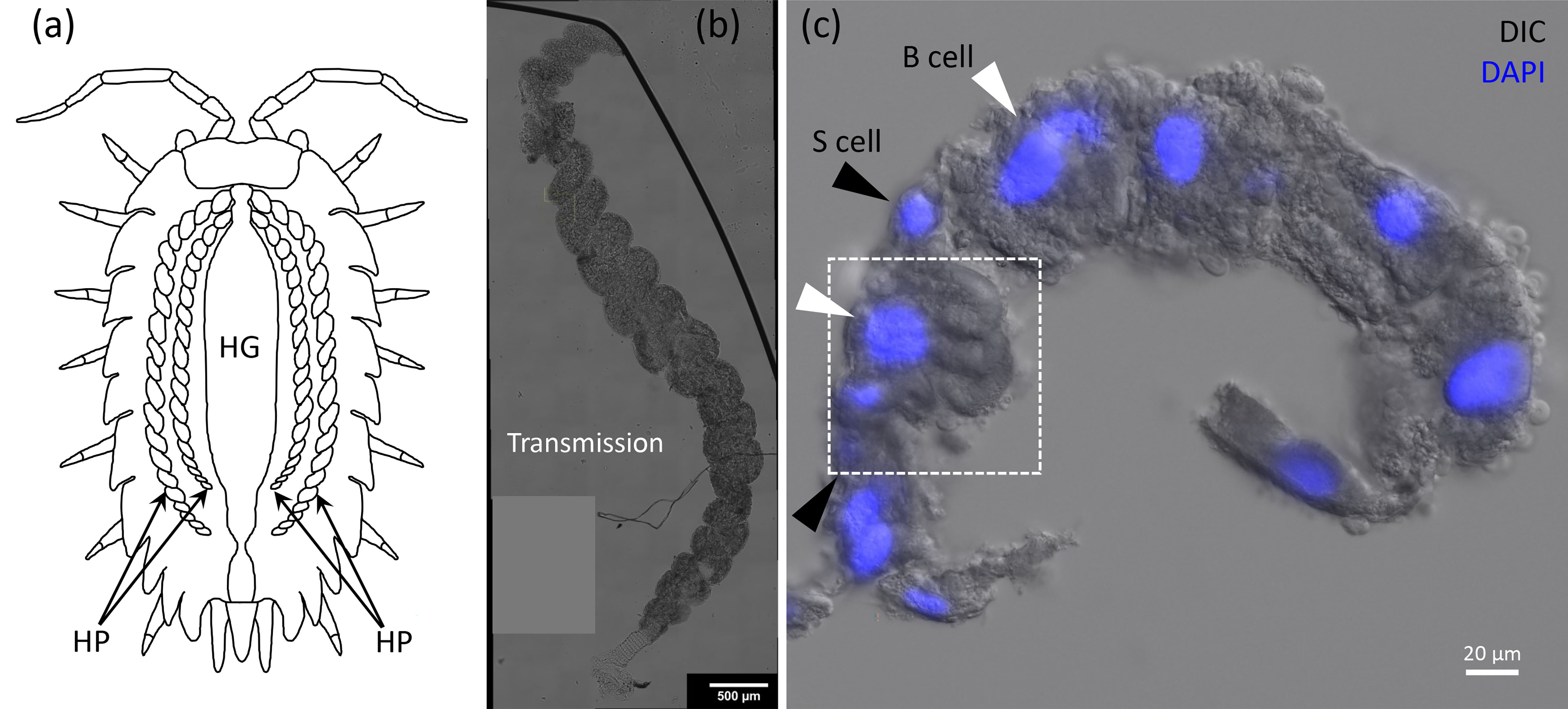
In Applied Physics Letters, researchers in the U.K. introduce a novel imaging method to detect gold nanoparticles in woodlice. Their method, known as four-wave mixing microscopy, flashes light that the gold nanoparticles absorb. The light flashes again and the subsequent scattering reveals the nanoparticles’ locations. With information about the quantity, location, and impact of gold nanoparticles within the organism, scientists can better understand the potential harm other metals may have on nature.
New methodology and tools his team developed by phage expert Graham Hatful provides the opportunity to watch in unprecedented detail as a phage attacks a bacterium.
As lithium-ion batteries have become a ubiquitous part of our lives through their use in consumer electronics, automobiles and electricity storage facilities, researchers have been working to improve their power, efficiency and longevity. As detailed in a paper published today in Nature Materials, scientists at the University of California, Irvine and Brookhaven National Laboratory conducted a detailed examination of high-nickel-content layered cathodes, considered to be components of promise in next-generation batteries.
Irvine, Calif., Jan. 4, 2023 – A new visualization technology that captures spectral images of materials in the mid-infrared part of the electromagnetic spectrum has been developed by scientists at the University of California, Irvine. The discovery, which was recently featured on the cover of the journal Science Advances, promises to help researchers and industries across many fields, including medical and tech, quickly visualize the chemical composition of various materials or tissues.
The biochemical process by which cyanobacteria acquire nutrients from rocks in Chile’s Atacama Desert has inspired engineers at the University of California, Irvine to think of new ways microbes might help humans build colonies on the moon and Mars.
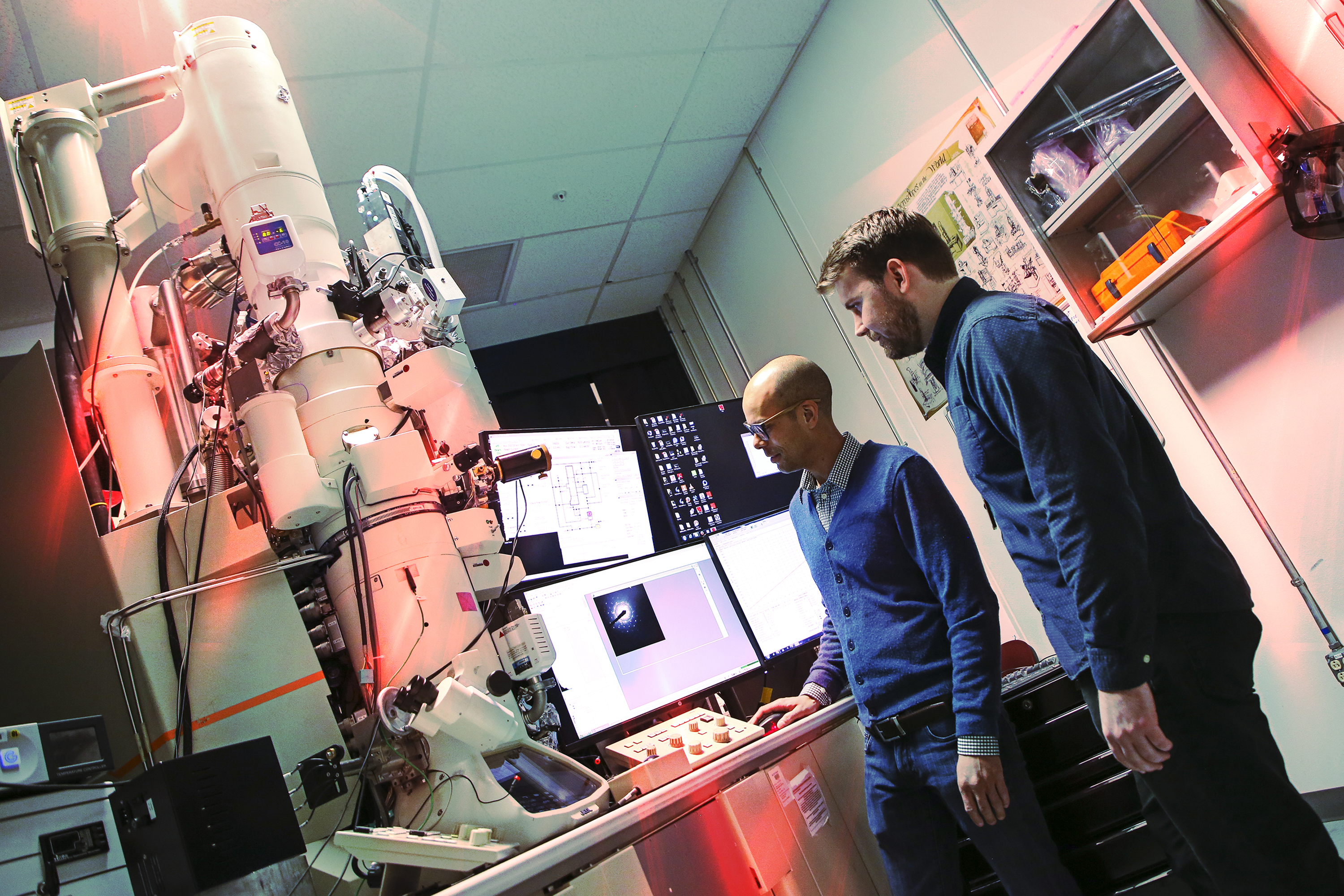
Based at Sandia National Laboratories, a team of scientists believes the key to preventing large-scale, catastrophic failures in bridges, airplanes and power plants is to look — very closely — at damage as it first appears at the atomic and nanoscale levels.
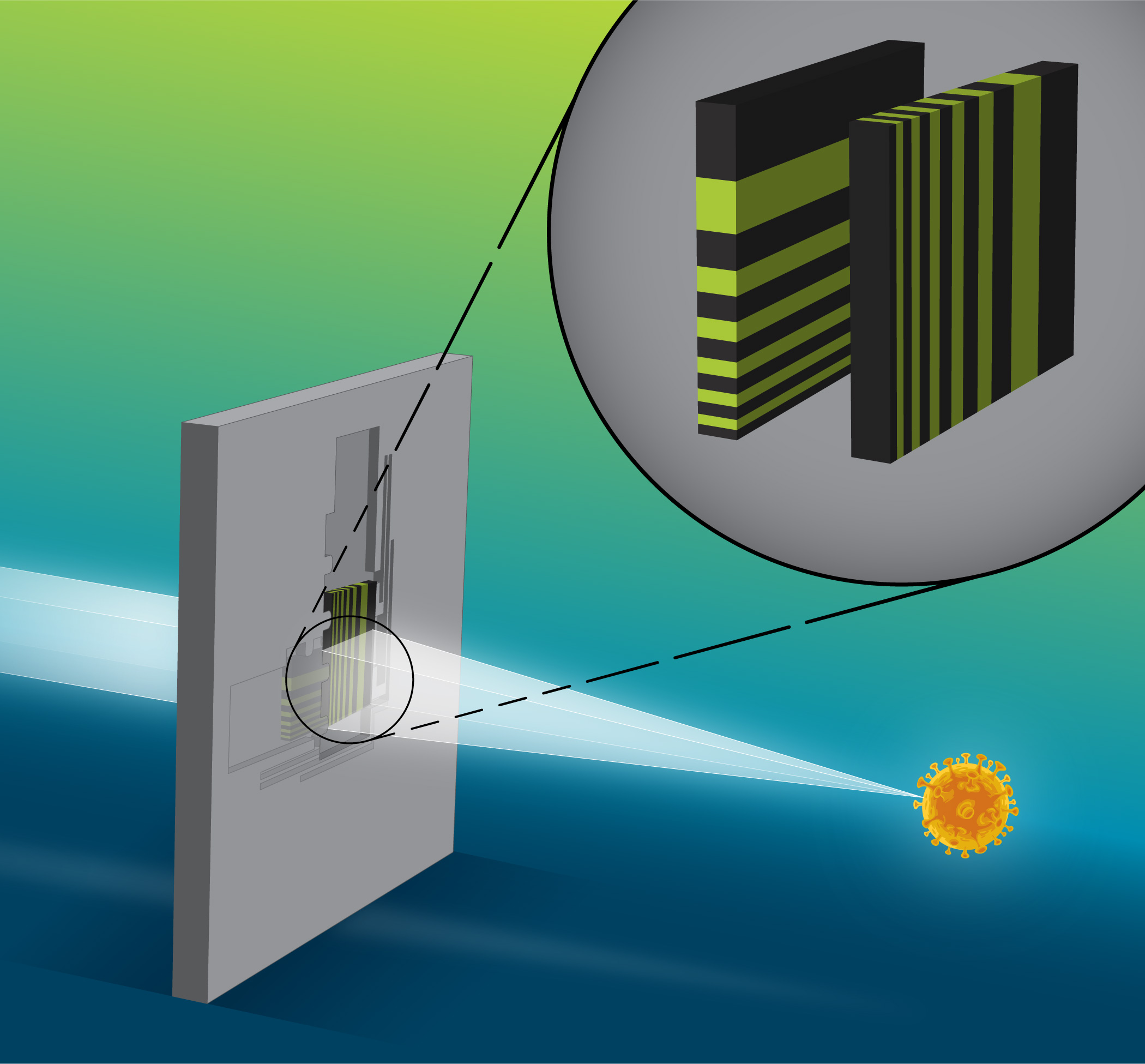
UPTON, NY On Aug. 3, 2022, scientists at the U.S. Department of Energy’s (DOE) Brookhaven National Laboratory received the 2022 Microscopy Today Innovation Award for their development of a system with bonded x-ray lenses that make nanoscale resolution more accessible than ever before. When the team at the National Synchrotron Light Source II (NSLS-II), a DOE Office of Science user facility, tested the new lens system, they achieved a resolution down to approx.
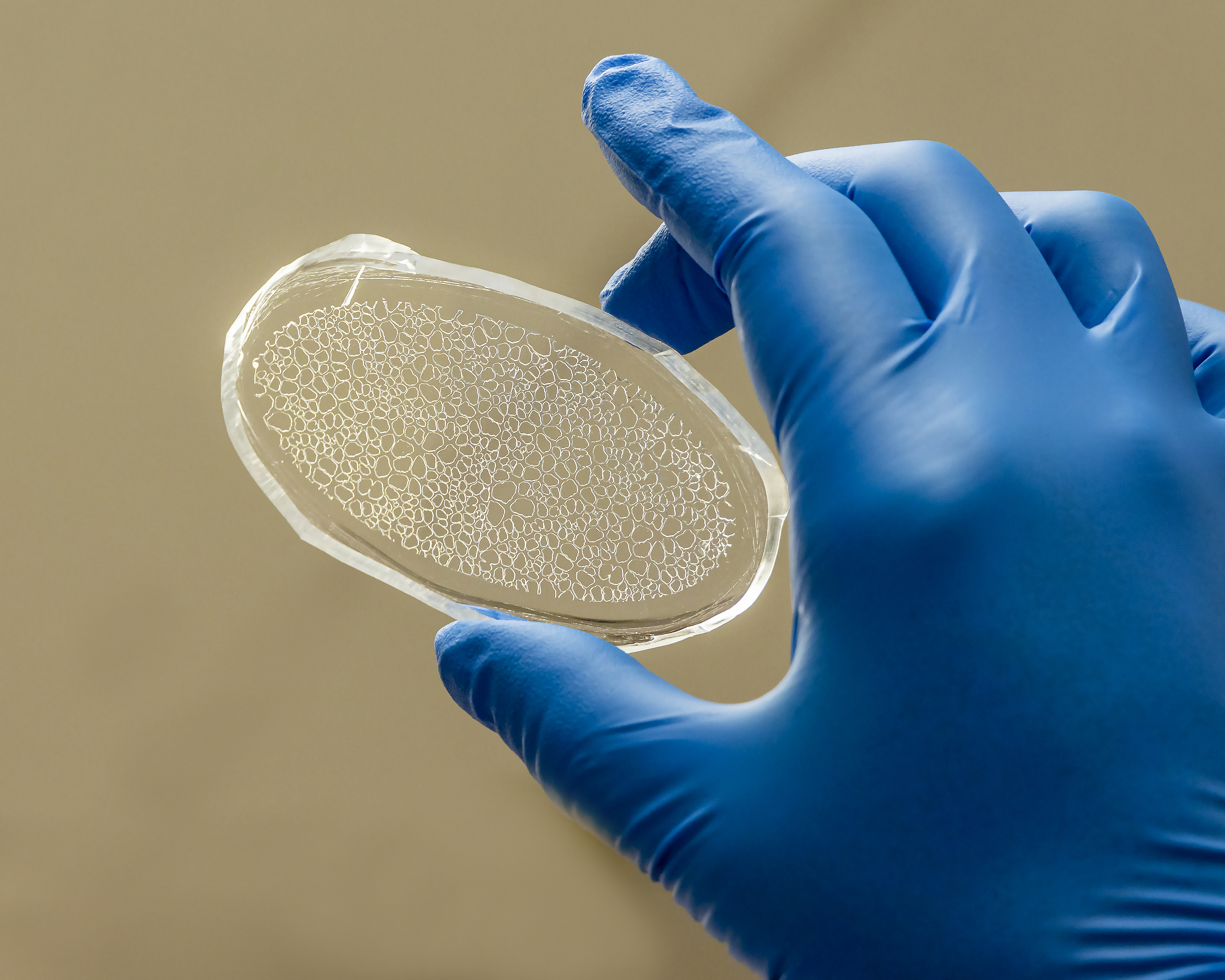
Scientists at the Department of Energy’s Oak Ridge National Laboratory have created a miniaturized environment to study the ecosystem around poplar tree roots for insights into plant health and soil carbon sequestration.
Temperature-detecting nanodiamonds have been developed with silicon-vacancy color centers that gauge luminescence inside cells. As the smallest nanodiamond with a mean size of 20 nm, this particle enables smoother entry into organelles as well as high-precision temperature sensing.
In Science, researchers describe a “’macro’ microbe” – a giant filamentous bacterium composed of a single cell discovered in the mangroves of Guadeloupe. Using various microscopy techniques, the team also observed novel, membrane-bound compartments that contain DNA clusters dubbed “pepins.”
Materials Scientist Jim De Yoreo guides a team that develops novel materials and understands how they form through collaboration and mentorship.
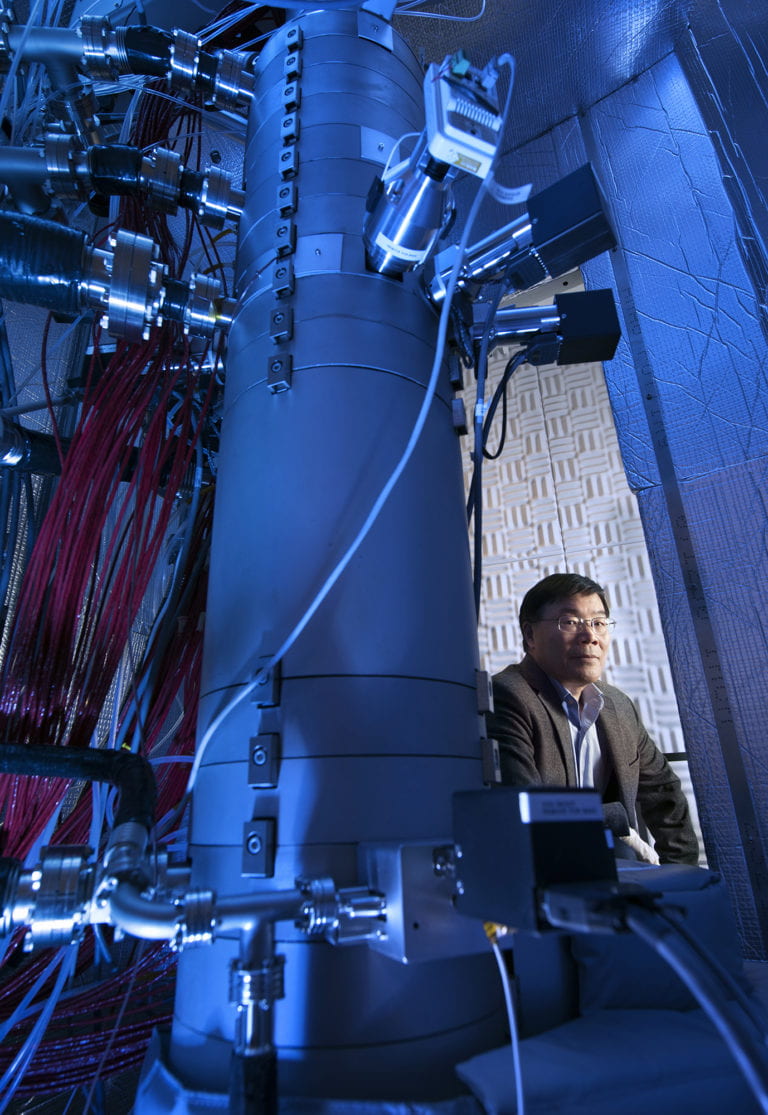
As electronic, thermoelectric and computer technologies have been miniaturized to nanometer scale, engineers have faced a challenge studying fundamental properties of the materials involved; in many cases, targets are too small to be observed with optical instruments. Using cutting-edge electron microscopes and novel techniques, a team of researchers at the University of California, Irvine, the Massachusetts Institute of Technology and other institutions has found a way to map phonons – vibrations in crystal lattices – in atomic resolution, enabling deeper understanding of the way heat travels through quantum dots, engineered nanostructures in electronic components.
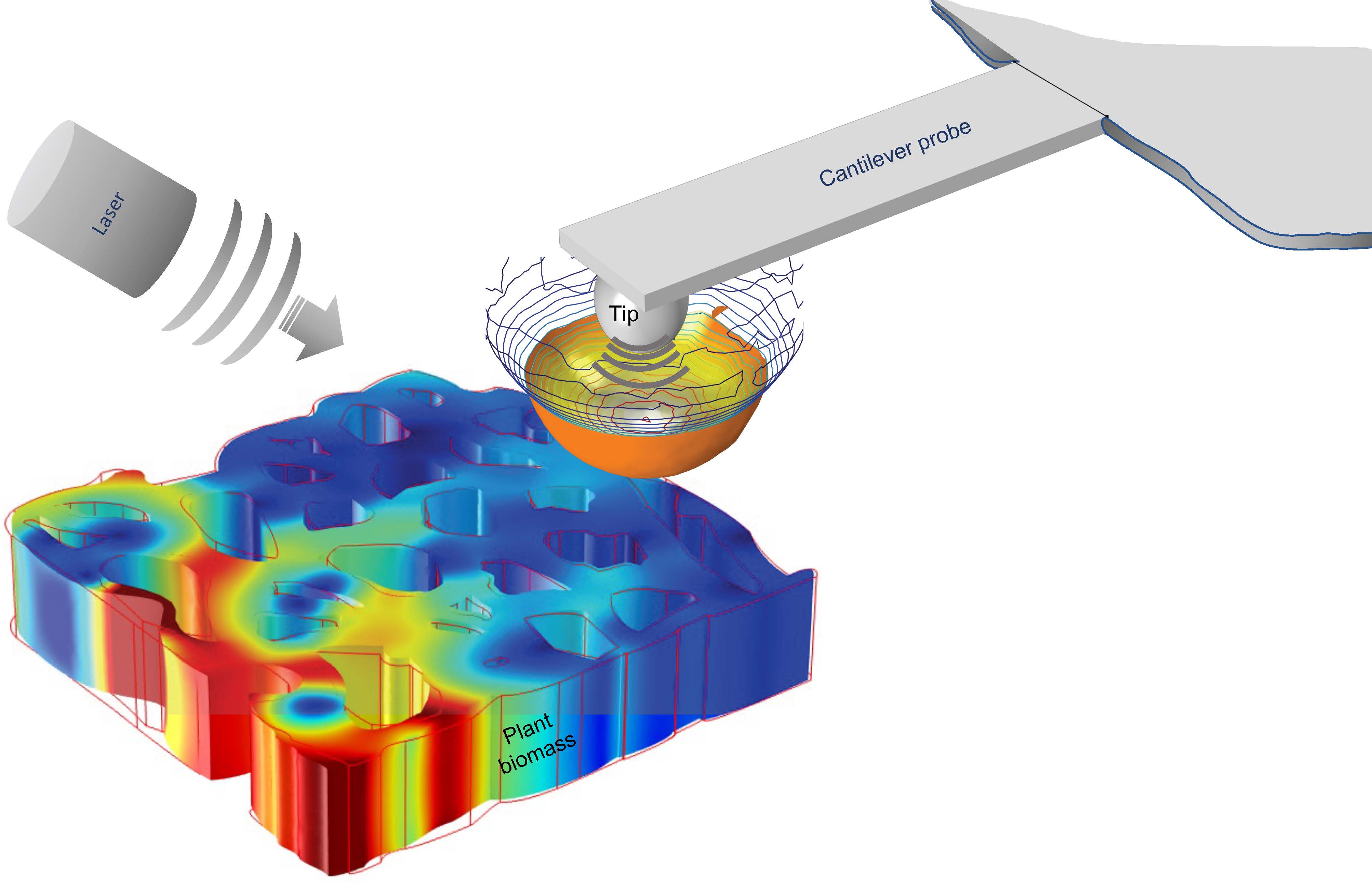
To optimize biomaterials for reliable, cost-effective paper production, building construction, and biofuel development, researchers often study the structure of plant cells using techniques such as freezing plant samples or placing them in a vacuum. These methods provide valuable data but often cause permanent damage to the samples.
ORNL Story tips: Tailor-made molecules, better battery electrolytes, beyond Moore’s Law and improving climate model accuracy
Researchers at the Department of Energy’s Oak Ridge National Laboratory are teaching microscopes to drive discoveries with an intuitive algorithm, developed at the lab’s Center for Nanophase Materials Sciences, that could guide breakthroughs in new materials for energy technologies, sensing and computing.
Irvine, Calif., April 22, 2022 — Physicists at the University of California, Irvine have demonstrated the use of a hydrogen molecule as a quantum sensor in a terahertz laser-equipped scanning tunneling microscope, a technique that can measure the chemical properties of materials at unprecedented time and spatial resolutions.
A new study demonstrates cryo-EM samples can be prepared with a safer and less expensive coolant – liquid nitrogen – and these samples can produce even sharper images than those prepared with ethane. The findings may improve the safety and quality of cryo-EM.
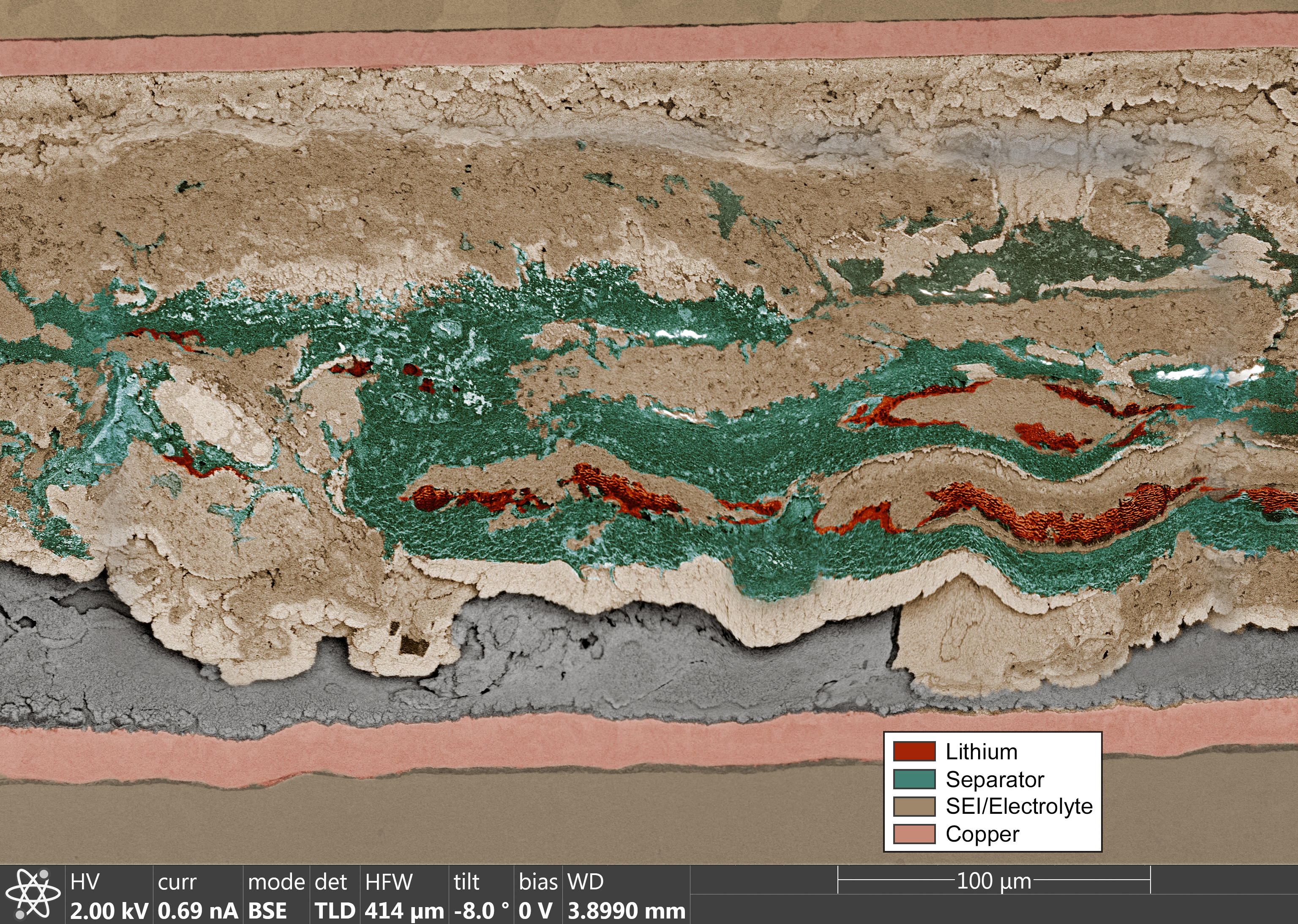
The first nanoscale images ever taken inside intact, lithium-metal coin batteries (also called button cells or watch batteries) challenge prevailing theories and could help make future high-performance batteries, such as for electric vehicles, safer, more powerful and longer lasting.
Scientists using the Advanced Photon Source have determined that amphibian eggs release showers of zinc upon fertilization, just like mammalian eggs. This research could have implications for human fertility studies.
Researchers at the University of Chicago and the U.S. Department of Energy’s (DOE) Argonne National Laboratory have leveraged existing advanced X-ray microscopy techniques to bridge the gap between MRI (magnetic resonance imaging) and electron microscopy imaging, providing a viable pipeline for multiscale whole brain imaging within the same brain
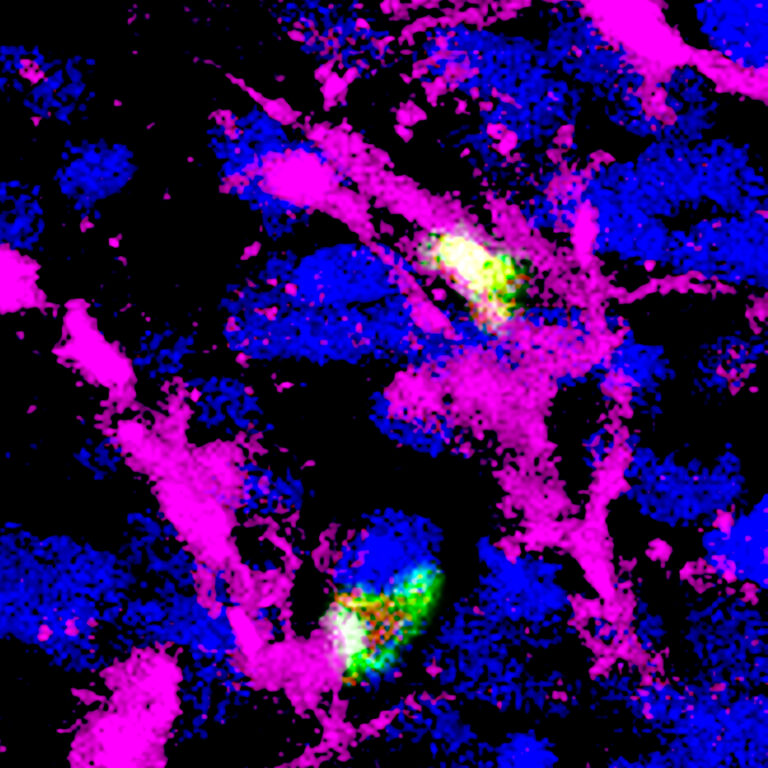
Irvine, Calif., June 21, 2021 — Cancer immunotherapy involving drugs that inhibit CTLA-4 also activates an unwanted response that may self-limit its efficacy in fighting tumors, according to a new study led by Francesco Marangoni, Ph.D., assistant professor of physiology & biophysics and member of the Institute for Immunology at the University of California, Irvine.
PNNL’s Dongsheng Li’s crystal formation research helped reveal why nanoparticles sometimes self-assemble into five-sided shapes. The discovery will potentially be useful in medical research, electronics, and other applications.
A team of NIH microscopists and computer scientists used a type of artificial intelligence called a neural network to obtain clearer pictures of cells at work even with extremely low, cell-friendly light levels.
Portable Flamingo microscopes have the potential to democratize science by opening up new opportunities to wide ranges of researchers and institutions.

Artificial intelligence is being called “the next generation of the way we do science.” At Argonne, researchers are leveraging the lab’s state-of-the-art-facilities and unparalleled expertise to shape the very future of science.
At the Department of Energy’s Oak Ridge National Laboratory, scientists use artificial intelligence, or AI, to accelerate the discovery and development of materials for energy and information technologies.

Rectal cancer, along with colon cancer, is the third-most common type of cancer in the United States, and treatment and surgery greatly affect the quality of life of patients. A multi-disciplinary team at Washington University in St. Louis has developed and tested an innovative imaging technique that is able to differentiate between rectal tissues with residual cancers and those without tumors after chemotherapy and radiation, which could one day help to avoid unnecessary surgeries in some patients who have achieved complete tumor destruction after chemoradiation.
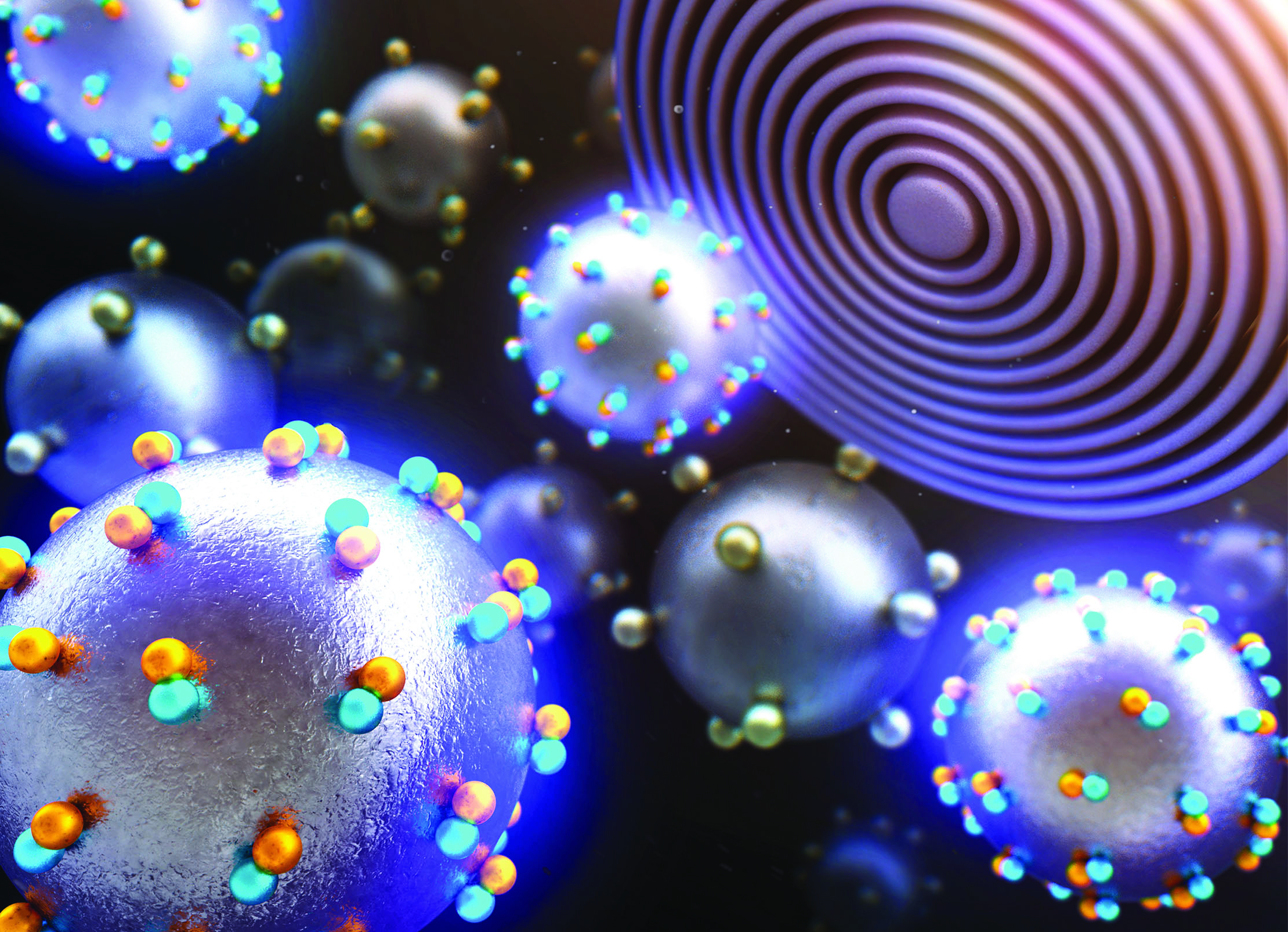
COSMIC, a multipurpose X-ray instrument at Berkeley Lab’s Advanced Light Source, has made headway in the scientific community since its launch less than 2 years ago, with groundbreaking contributions in fields ranging from batteries to biominerals.
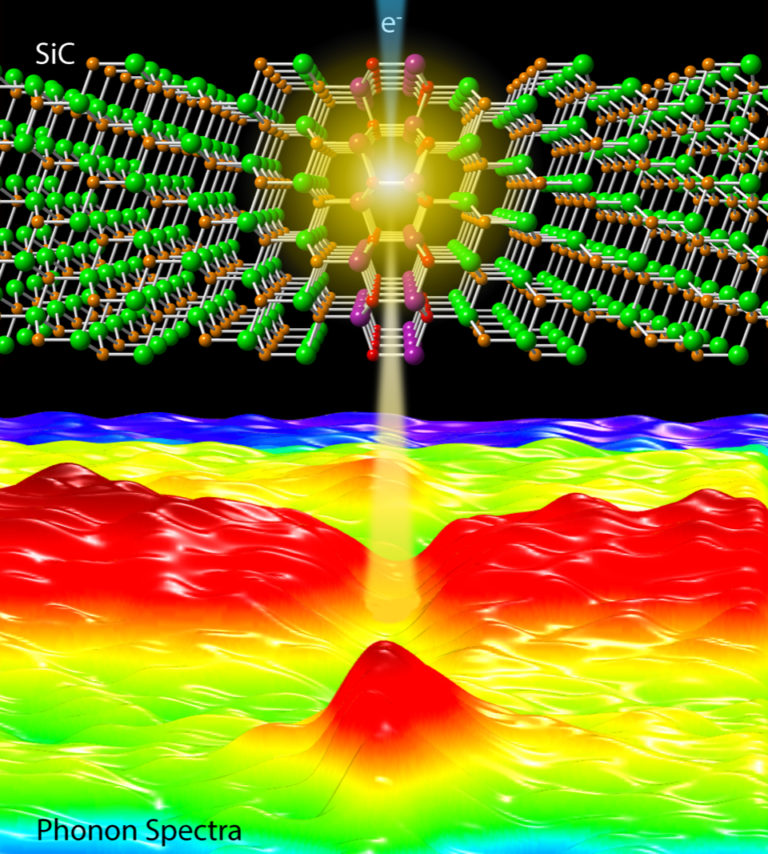
Irvine, Calif., Jan. 11, 2021 – Often admired for their flawless appearance to the naked eye, crystals can have defects at the nanometer scale, and these imperfections may affect the thermal and heat transport properties of crystalline materials used in a variety of high-technology devices. Employing newly developed electron microscopy techniques, researchers at the University of California, Irvine and other institutions have, for the first time, measured the spectra of phonons – quantum mechanical vibrations in a lattice – at individual crystalline faults, and they discovered the propagation of phonons near the flaws.

ORNL story tips: Nanoscale commuting, easy driver and defect detection
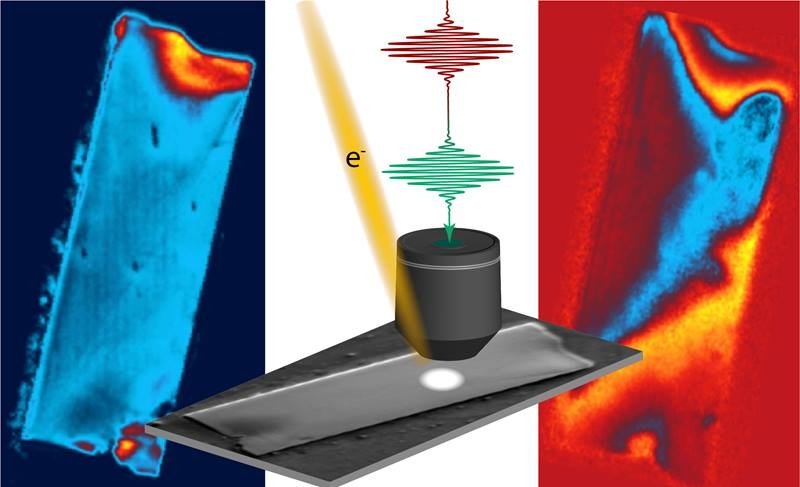
Researchers used two advanced microscopy techniques to learn how crystal defects affect the performance of crystalline solar cells called lead halide perovskite cells. The research used two microscopy techniques: electron backscattering diffraction to view crystal quality at scales of 100 nanometers and ultrafast microscopy to examine how electrons move. The research shows that microscopic defects that form when the crystals are made can reduce how fast electrons move by a factor of almost 10.
Applied physicist Watt W. Webb, the S.B. Eckert Professor of Engineering Emeritus at Cornell University and a pioneer in methods for imaging living biological systems, died Oct. 29 in New York City. He was 93.
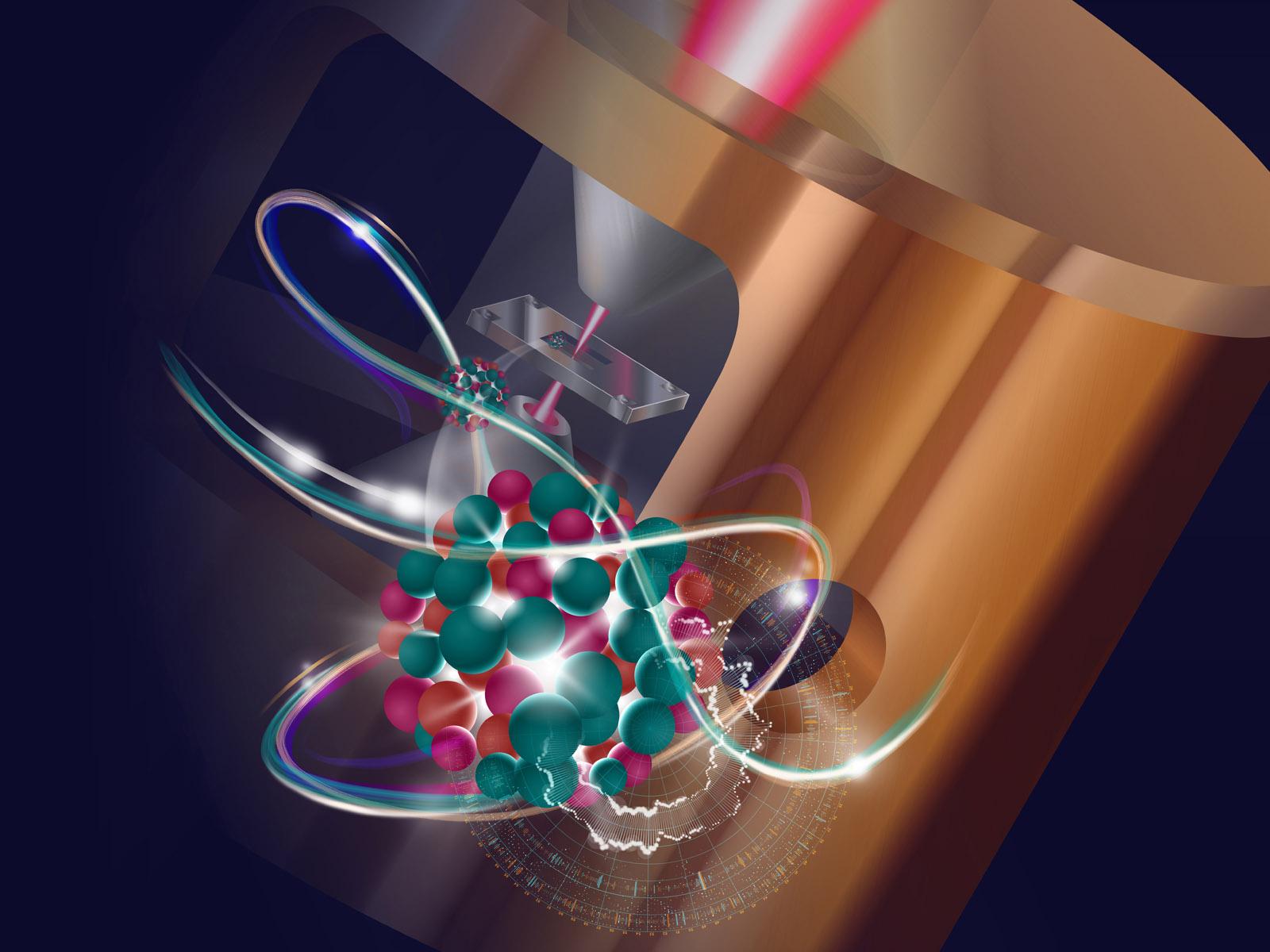
An international research team led by PNNL has published a vision for electron microscopy infused with the latest advances in data science and artificial intelligence. Writing a commentary in Nature Materials, the team proposes a highly integrated, autonomous, and data-driven microscopy architecture to address challenges in energy storage, quantum information science, and materials design.
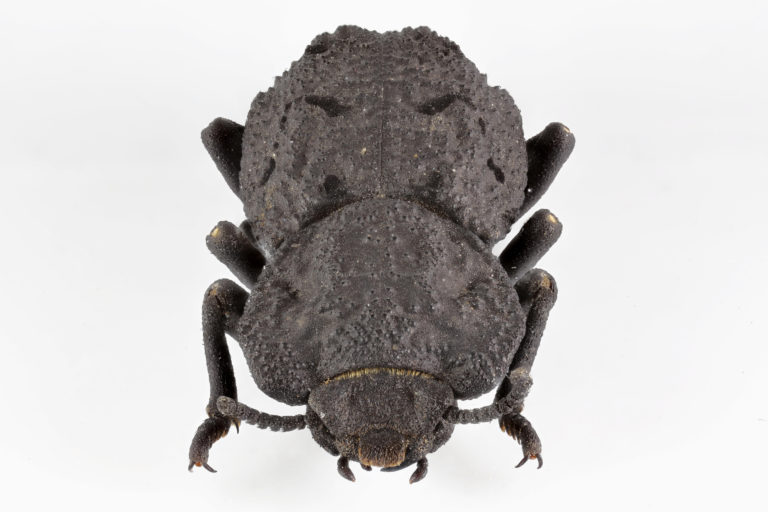
Irvine, Calif., Oct. 21, 2020 – With one of the more awe-inspiring names in the animal kingdom, the diabolical ironclad beetle is one formidable insect. Birds, lizards and rodents frequently try to make a meal of it but seldom succeed. Run over it with a car, and the critter lives on. The beetle’s survival depends on two key factors: its ability to convincingly play dead and an exoskeleton that’s one of the toughest, most crush-resistant structures known to exist in the biological world.
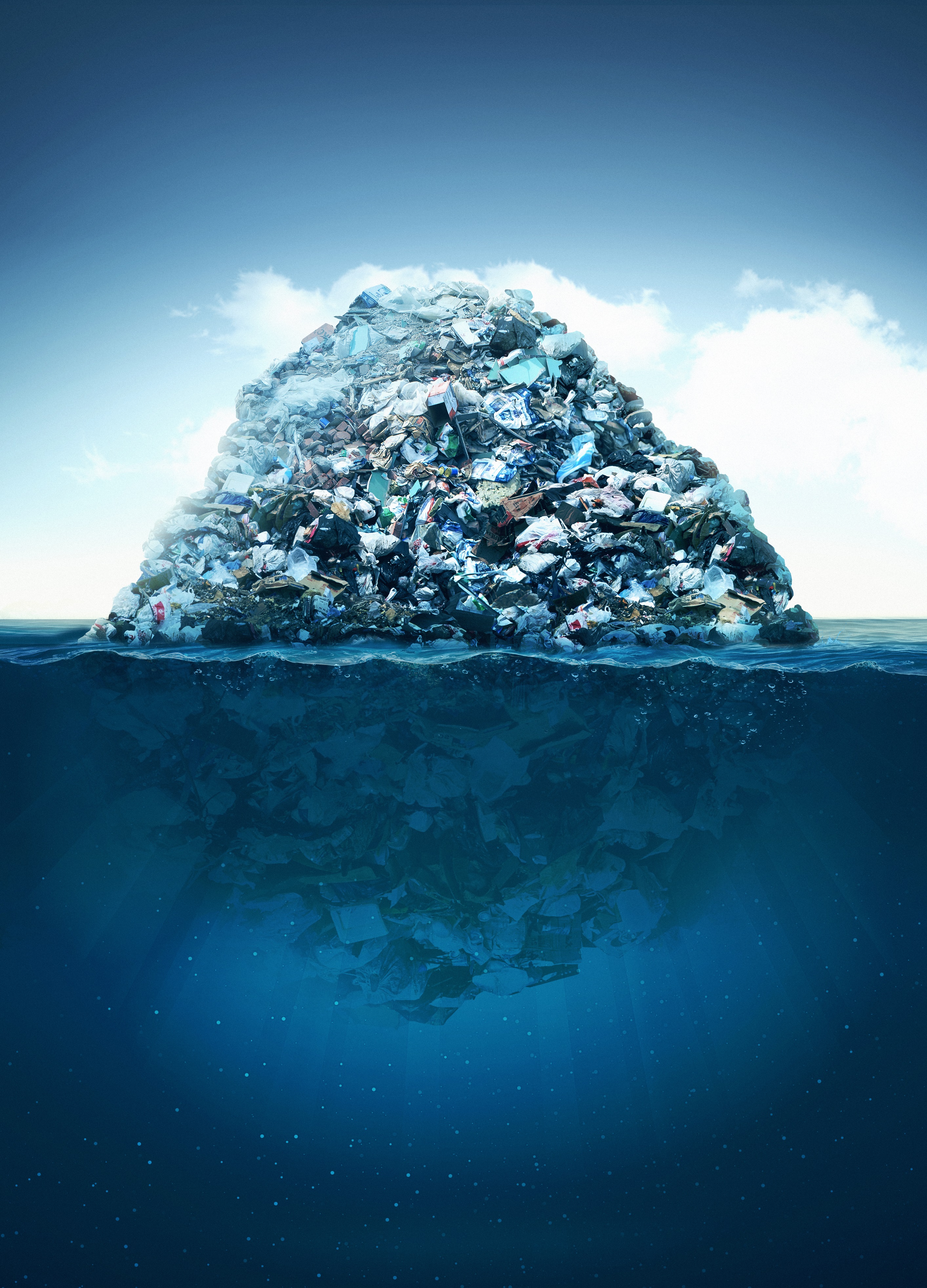
Scientists examined cell abundances, size, cellular carbon mass, and how photosynthetic cells differ on polymeric and glass substrates over time, exploring nanoparticle generation from plastic like polystyrene and how this might disrupt microalgae. Conservative estimates suggest that about 1 percent of microbial cells in the ocean surface microlayer inhabit plastic debris globally. This mass of cells would not exist without plastic debris in the ocean, and thus, represents a disruption of the proportions of native flora in that habitat.
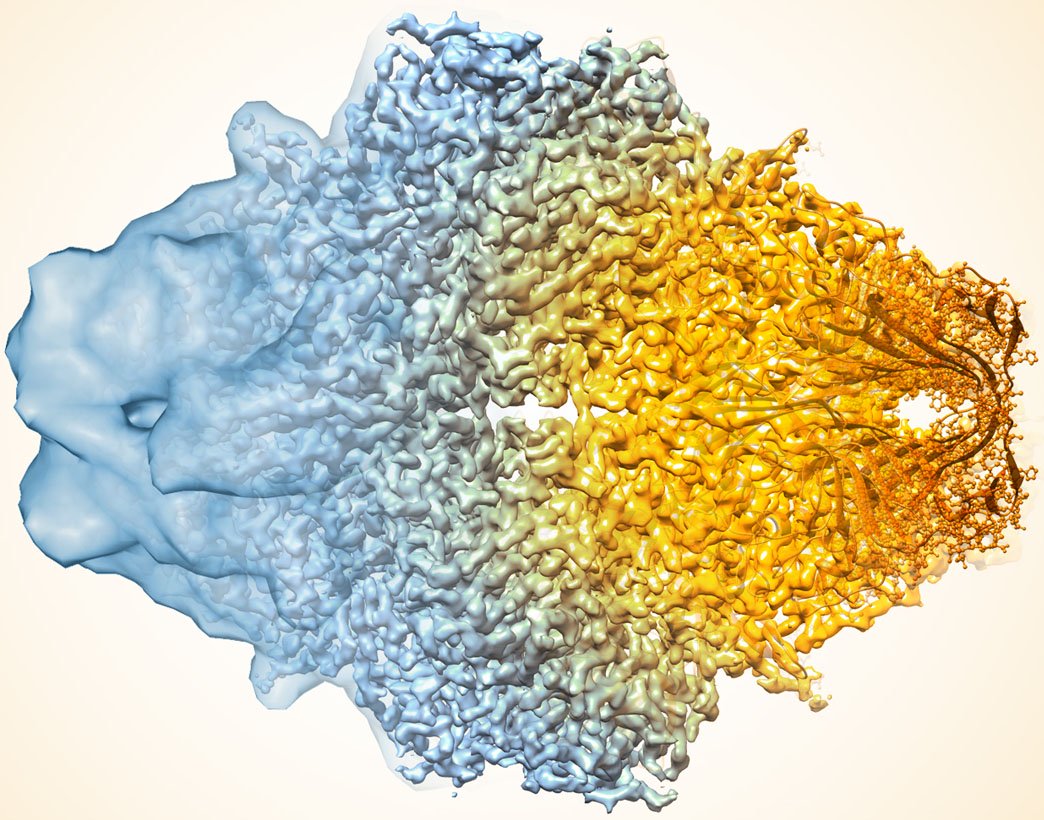
Scientists have shown that an algorithm added to image processing software can improve the resolution and accuracy of cryo-electron microscopes, which are one of the most crucial tools in microbiology and medical research.
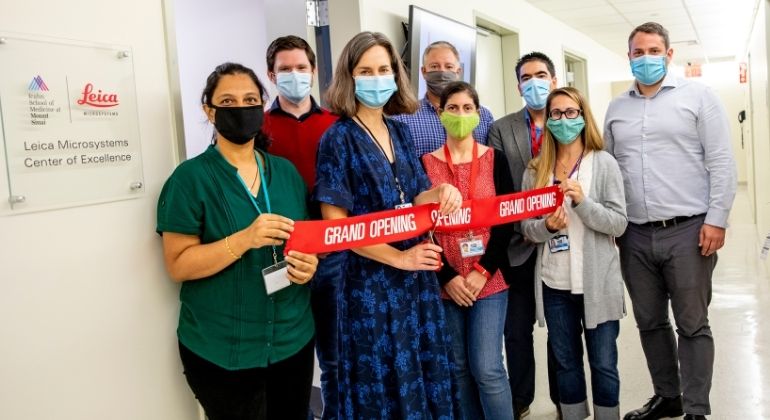
The new Center will support a mission to drive new discoveries and insights from scientific research performed using state-of-the-art imaging systems.
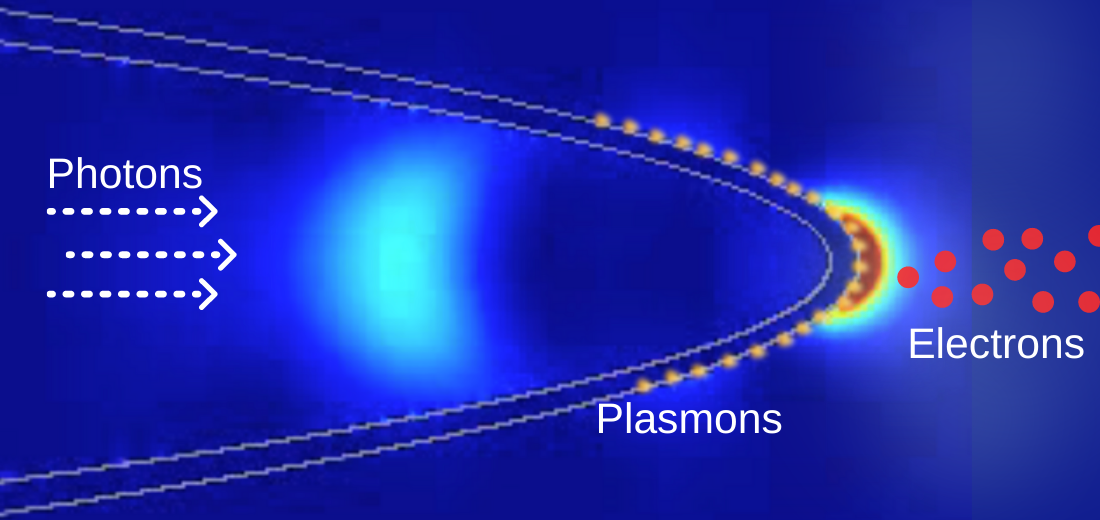
Scientists at Oak Ridge National Laboratory and the University of Nebraska have developed an easier way to generate electrons for nanoscale imaging and sensing, providing a useful new tool for material science, bioimaging and fundamental quantum research.